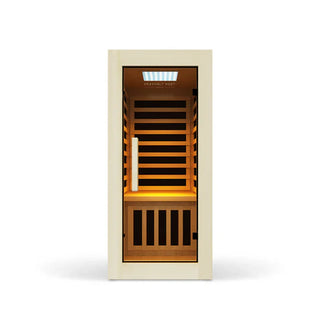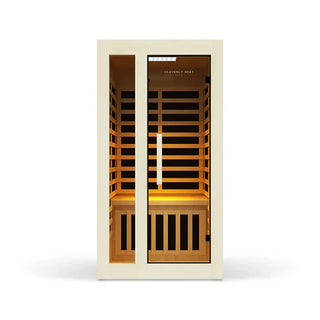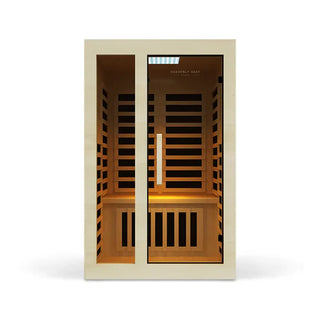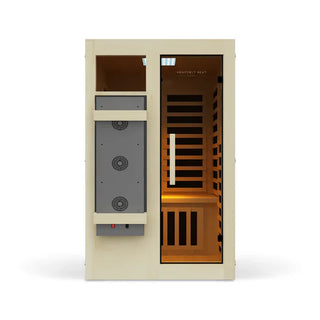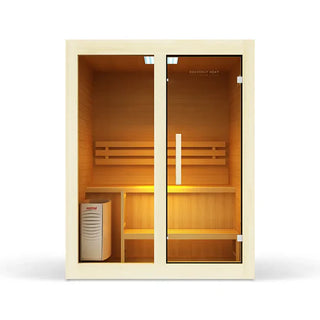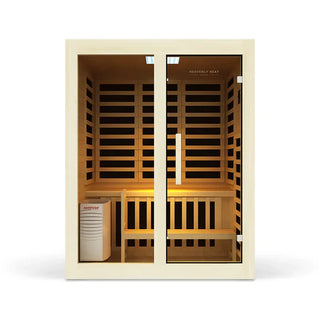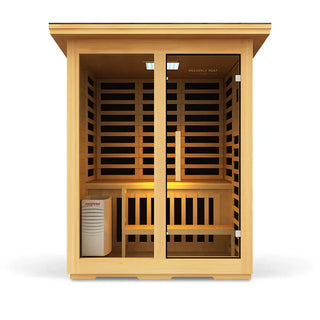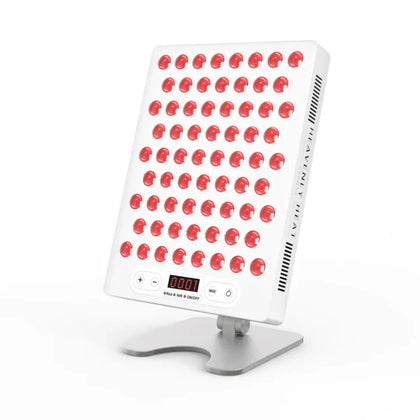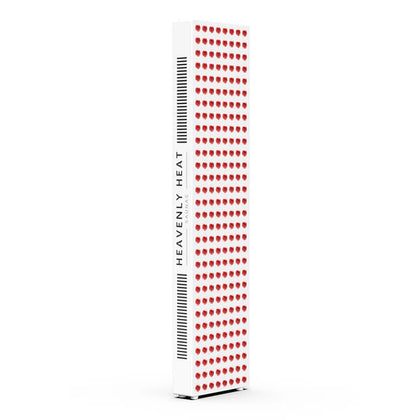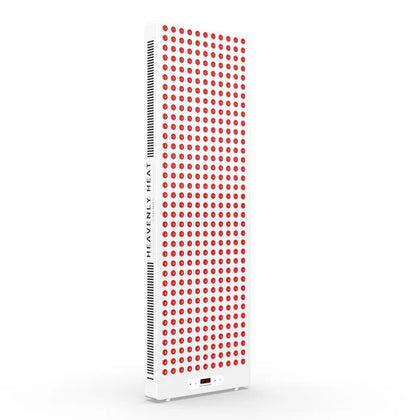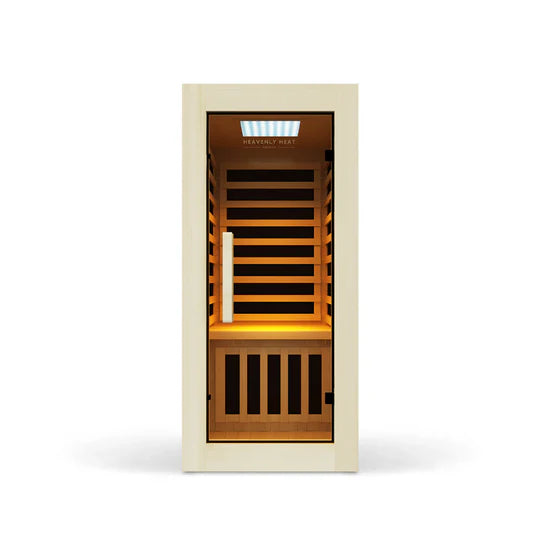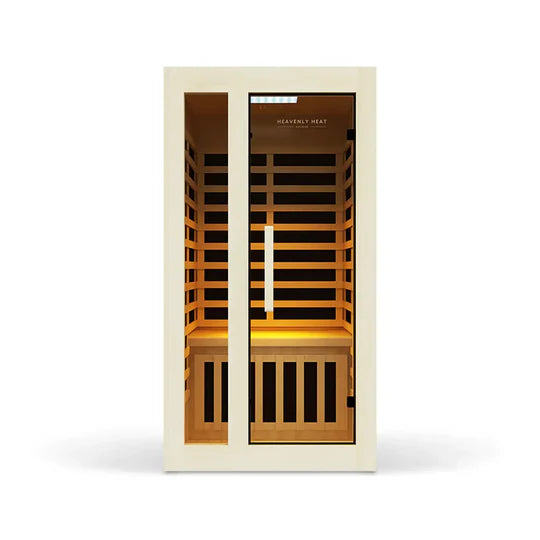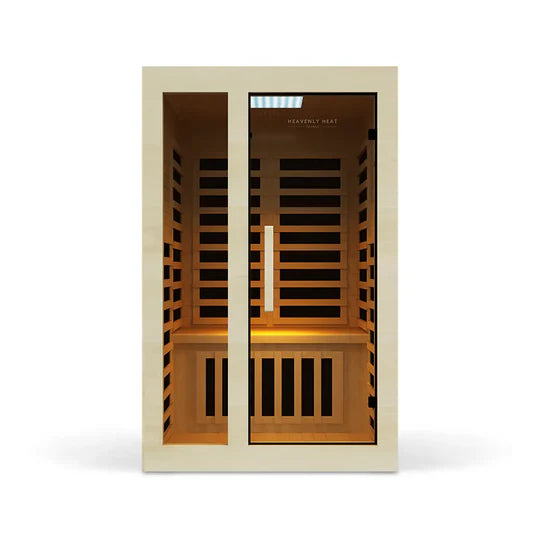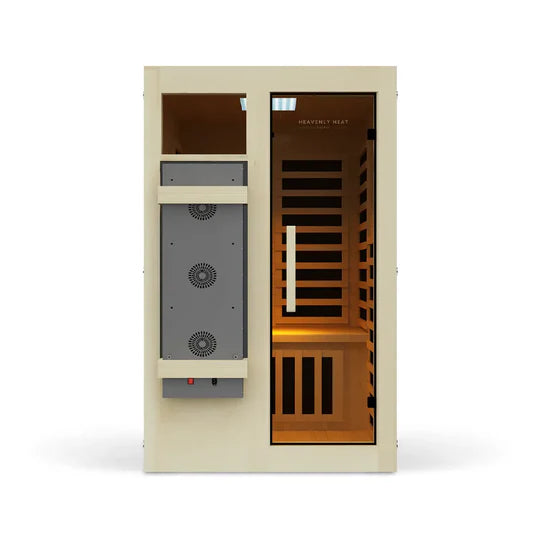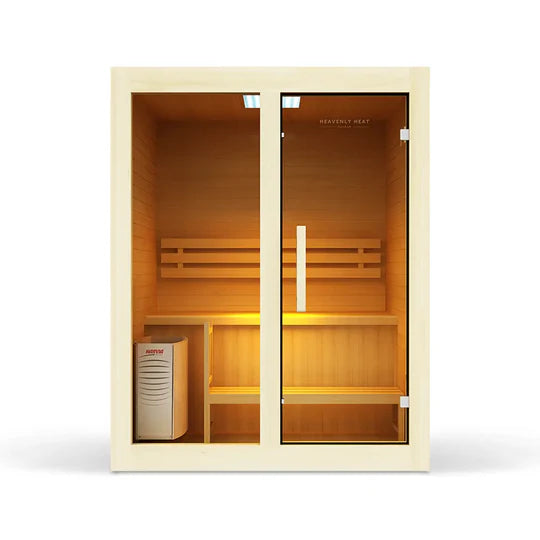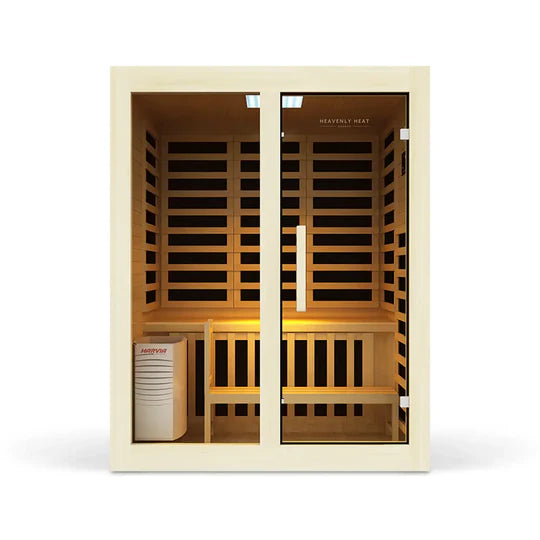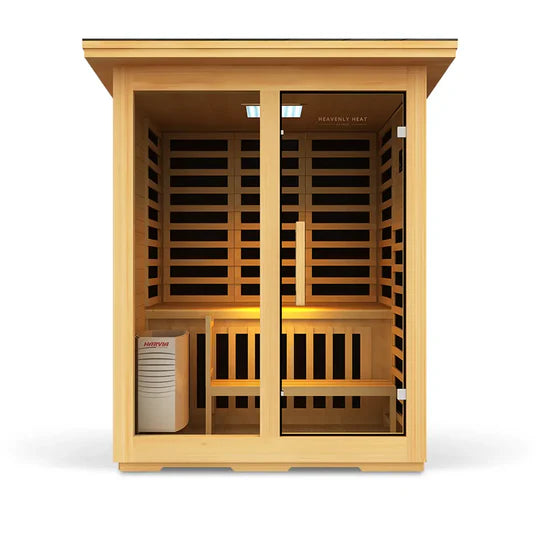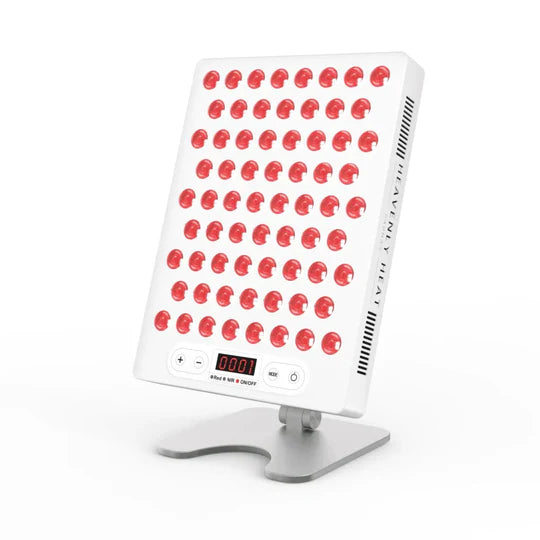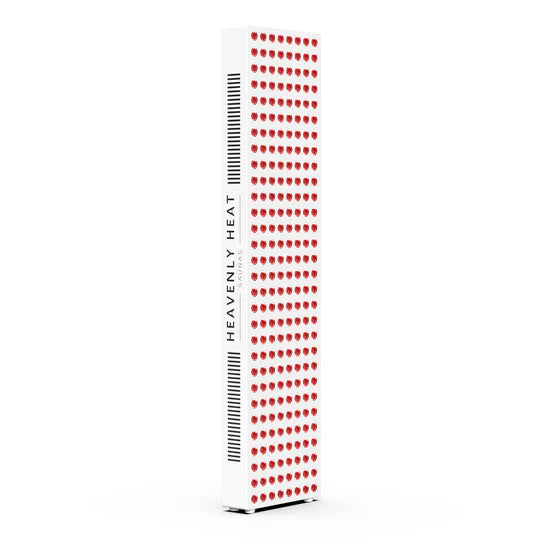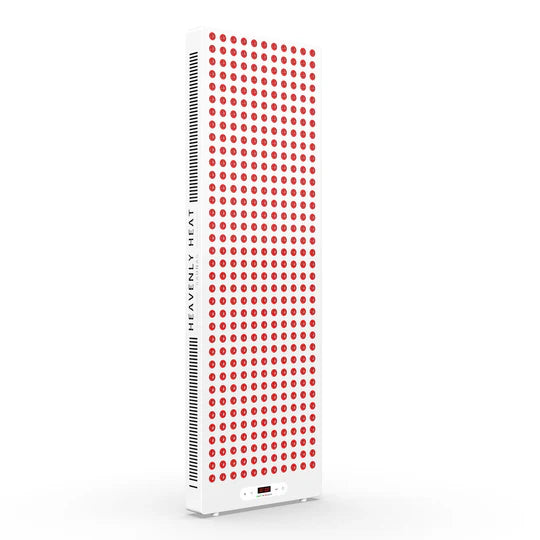7 Ways Cold Plunge Helps with Cellulite Reduction
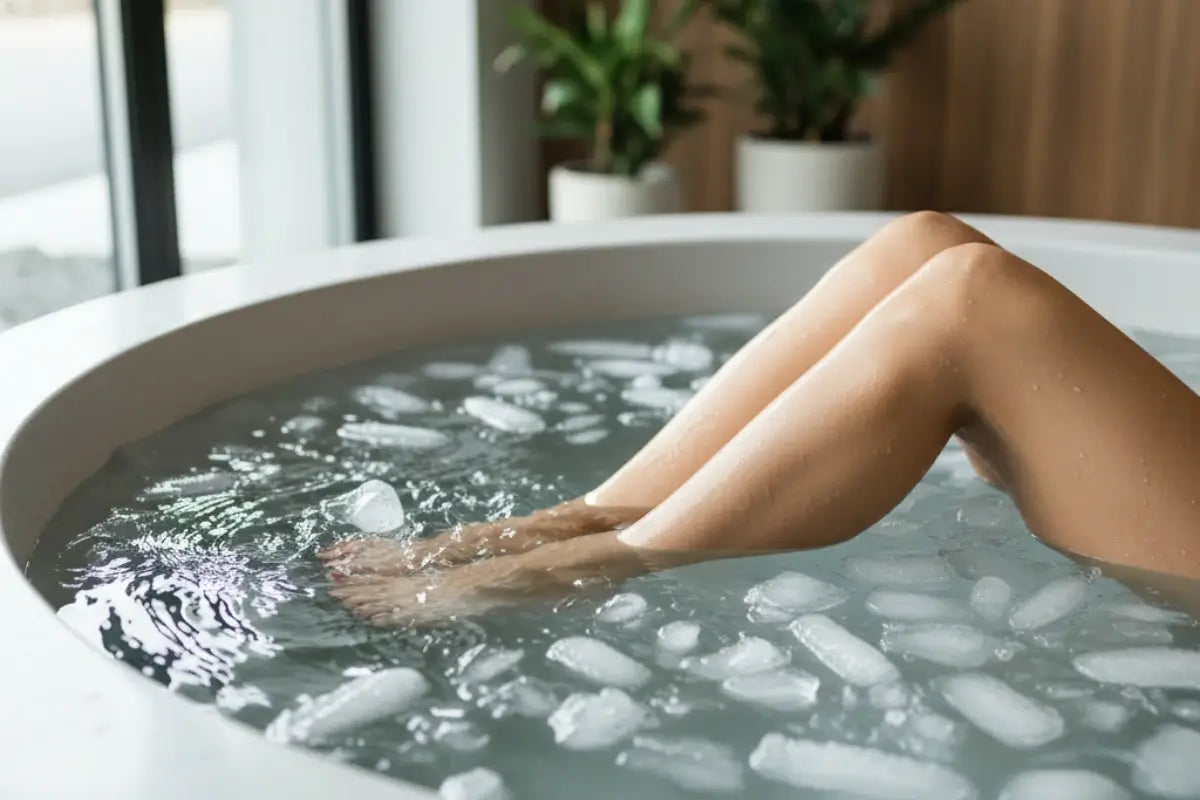
Swelling, warmth, pain, and those stubborn dimples on your skin, cellulite can feel like more than just a cosmetic nuisance.
Left unchecked, it chips away at confidence, makes you dread shorts season, and may even worsen over time.
But what if something as simple as a cold plunge could help smooth things out? Here are 7 ways it can.
Key Takeaways
Boost Circulation: Cold plunges improve blood flow, delivering nutrients to skin cells for firmer, smoother skin.
Reduce Puffiness: Cold therapy stimulates lymphatic drainage and minimizes fluid retention, helping dimples appear less noticeable.
Strengthen Skin and Muscles: Cold exposure boosts collagen and firms underlying muscles, smoothing cellulite over time.
Support Fat Breakdown: Cold plunges activate brown fat and lipolysis, helping shrink fat deposits that cause cellulite.
Complement a Healthy Lifestyle: Combine cold plunges with exercise, balanced nutrition, and proper sleep for the best results.
What Is Cellulite?
Cleveland Clinic explains that cellulite is a common cosmetic condition where fat deposits push against connective tissue beneath the skin, resulting in a lumpy, dimpled appearance, often on the thighs, buttocks, and abdomen. While not harmful, cellulite can affect self-esteem and body image.
The primary causes of cellulite include:
Fibrous connective cords: These cords tether the skin to underlying muscles. Fat cells push upward while cords pull down, creating the characteristic dimpling.
Hormonal factors: Estrogen, insulin, and other hormones influence fat storage and connective tissue, making cellulite more common in women.
Genetics: Skin structure, texture, and body type inherited from family affect susceptibility.
Weight and muscle tone: Increased fat or reduced muscle can make cellulite more noticeable, though even very fit individuals may have it.
Daily life is rarely physically affected by cellulite, but many people feel self-conscious in certain clothing or social situations.
Practical strategies for management include regular exercise to strengthen muscles, maintaining a balanced diet, and using FDA-approved treatments like Cellfina® or topical retinol creams to improve appearance.
While cellulite cannot be completely eliminated, adopting a consistent health-focused routine and exploring safe cosmetic options can help reduce its visibility, offering a positive and realistic path to feeling confident in your skin.
7 Ways Cold Plunge Helps with Cellulite Reduction
Boosts Blood Flow to Smooth Skin
Cold plunges improve blood flow, delivering oxygen and nutrients to skin cells. This supports elasticity, firmness, and helps reduce cellulite by keeping fat deposits more even.
Flushes Toxins Through Lymphatic Drainage
Cold plunges stimulate lymphatic drainage by causing vessels to contract, which moves lymph fluid efficiently.
This process removes waste, reduces fluid retention and puffiness, and supports the immune system.
Improved lymph flow in the legs, arms, and abdomen can also help clear metabolic waste linked to cellulite.

Strengthens Collagen for Firmer Skin
Cold plunges may boost collagen production, which firms and tightens skin. Cold therapy stimulates fibroblasts, the cells that create collagen.
Repeated exposure strengthens skin structure, enhancing elasticity and reducing cellulite. Consistency and cooler water temperatures improve results.
Tightens and Reduces Skin Puffiness
Cold water therapy tightens the skin and reduces puffiness by constricting blood vessels. Cold plunges improve lymphatic drainage, reducing fluid retention.
Regular sessions can smooth the skin and make cellulite less noticeable, while the cooling effect and improved circulation give a fresher, more toned appearance.

Breaks Down Fat Deposits Faster
Cold exposure triggers lipolysis, breaking down fat and releasing energy. It activates brown fat, boosting metabolism and calorie burn.
Regular cold therapy can reduce cellulite by shrinking fat deposits and tightening skin. Combining it with exercise enhances these effects.
Calms Inflammation and Swelling
Cold plunges can help reduce the appearance of cellulite by calming inflammation and swelling under the skin.
When tissues are less inflamed, the dimpling caused by fluid buildup and fat deposits becomes less noticeable.
For example, a review in PLoS ONE found that cold-water immersion triggers time-dependent effects on inflammation, supporting recovery and skin health.
This anti-inflammatory response may be one reason regular cold plunges smooth the skin over time.
Firms Muscles to Reduce Cellulite Appearance
Cold plunges tighten muscles, which smooths skin and reduces cellulite. Muscle contraction under cold exposure makes them firmer over time.
Combining cold therapy with regular exercise maximizes results, with visible improvement after several sessions.
Targeting areas like thighs, glutes, or arms concentrates benefits where cellulite is common. Strengthening underlying muscles enhances skin appearance and overall body contour.
Common Treatments for Cellulite
Creams Reduce Cellulite Appearance
Cellulite creams are a widely used option to smooth skin and improve firmness, though their effectiveness can vary.
A study by Dupont et al., published in Clin Cosmet Investig Dermatol, found that after three months, 81% of women using an anti-cellulite gel experienced noticeable improvements in skin tonicity, orange-peel texture, and stubborn cellulite, compared to just 32% in the placebo group.
The International Journal of Women's Dermatology highlights that active ingredients such as caffeine, aminophylline, and retinoids have been the most thoroughly studied for their ability to reduce cellulite appearance.
Similarly, research in the Journal of Clinical and Aesthetic Dermatology showed that nearly half of participants applying a botanical cream saw visible improvement after eight weeks.
Despite these findings, the Mayo Clinic emphasizes that many over-the-counter creams offer only temporary or limited results and may sometimes irritate the skin.
Overall, while creams can provide modest benefits, combining them with healthy habits or professional treatments usually produces the most lasting improvements.
Massage Improves Skin Texture
Massage therapy offers promising benefits for reducing the appearance of cellulite and improving overall skin texture.
Research highlighted in the International Journal of Women’s Dermatology shows that devices combining mechanical massage, suction, and radiofrequency, like the VelaSmooth system, can help reduce thigh circumference and visibly improve cellulite in many participants.
These benefits are thought to come from increased blood flow, stimulation of fat metabolism, and gentle stretching of the fibrous tissue beneath the skin.
Beyond cellulite, regular facial self-massage can enhance skin elasticity, smoothness, and radiance.
A study in Int J Cosmet Sci reported that women who performed daily three-minute self-massage routines experienced over 85% improvement in skin smoothness, along with increased plumpness and reduced fine lines.
Many participants also noted visible enhancements in skin texture and a boost in overall well-being.
While long-term evidence is still limited, these findings suggest that consistent massage, whether for the body or face, can be a safe, non-invasive way to improve circulation, firm the skin, and support a healthier, more youthful appearance.
Laser Therapy Targets Fat Under Skin
Laser therapy is gaining attention as a noninvasive and effective way to reduce cellulite by focusing on fat beneath the skin.
Research by Avci et al. (Lasers Surg Med) suggests that low-level laser therapy (LLLT) may create temporary pores in fat cells, helping lipids escape, while also triggering processes that safely break down fat and support tissue regeneration.
Unlike creams, massages, or cryolipolysis, laser treatments not only target fat but also stimulate collagen and elastin production, which improves skin firmness, thickness, and smoothness.
Evidence from clinical studies backs this up: DiBernardo et al., 2016, found that more than 80% of patients saw visible improvement in cellulite after a single 3-step 1440-nm Nd:YAG laser procedure, with effects lasting at least a year.
The treatment also showed high patient satisfaction, increased skin elasticity, and minimal side effects.
While scientists continue to study the exact mechanisms, current findings highlight laser therapy as a more comprehensive and lasting solution for reducing cellulite and tightening skin compared to traditional approaches.
Radiofrequency & Ultrasound Firm Loose Skin
Non-invasive treatments such as radiofrequency (RF) and focused ultrasound (FU) are increasingly popular for reducing cellulite and tightening loose skin.
Research by Alizadeh et al., 2016, highlights that these therapies stimulate collagen and elastin production, strengthen the dermal structure, and can produce mild to moderate reductions in subcutaneous fat and cellulite.
Patients often notice measurable improvements in skin firmness up to 81%, and tightness, up to 92%, within six months. Focused ultrasound works similarly, promoting collagen remodeling for visible lifting and skin tightening.
Using RF and ultrasound together can enhance these effects, delivering heat more evenly and deeply for improved results.
Evidence also supports significant cellulite reduction: Fritz et al., Journal of Cosmetic Dermatology, reported that 93% of participants showed improvement after just four sessions, with smoothing of the dermis and decreases in thigh and hip circumference of around 2 cm.
While outcomes may vary, these treatments are generally safe, well-tolerated, and offer noticeable improvements in skin texture, firmness, and body contour, making them an effective non-surgical option for managing cellulite.
Injections Break Down Fat Deposits
Under Common Treatments for Cellulite, injections offer a powerful way to break down stubborn fat deposits.
These treatments work by targeting fat cells beneath the skin, helping smooth out dimples and improve texture.
Doctors commonly use fat-dissolving injections like deoxycholic acid or enzyme-based solutions, giving patients options based on their needs.
While injections can significantly reduce cellulite, they rarely remove it completely, so setting realistic expectations is key.
Most people need a few sessions to see noticeable results, often within a few weeks. Mild side effects like bruising or swelling can occur, but results gradually reveal smoother, firmer skin.
Exercise and Healthy Diet Minimize Cellulite
The Cleveland Clinic notes that regular exercise can help reduce the appearance of cellulite by boosting muscle mass, improving circulation, and enhancing body composition.
Activities like running, cycling, and resistance training tone muscles and smooth the skin, making cellulite less noticeable.
While exercise alone won’t completely eliminate cellulite, research shows that people who stay active generally have less visible cellulite than those with a sedentary lifestyle.
Nutrition also plays a key role. Diets high in fats, refined carbohydrates, preservatives, and salt can contribute to more pronounced cellulite, whereas nutrient-dense foods support healthier, firmer skin.
A study highlighted in Nutrients (Assaf & Kelly, 2024) emphasizes that vitamins, antioxidants, and proper hydration improve skin elasticity and may reduce cellulite visibility.
By pairing consistent physical activity with a balanced, nutrient-focused diet, it’s possible to minimize cellulite naturally and promote smoother, healthier-looking skin.
Lifestyle Factors That Complement Cold Plunge
Eat Nutrient-Rich Foods: Help your body recover faster.
Exercise Regularly: Boost circulation and improve cold tolerance.
Sleep Well: Enhance muscle repair and mental clarity.
Manage Stress: Amplify the benefits of cold plunges.
Stay Hydrated: Support circulation and maintain energy levels.
Use Heat Therapy or Saunas: Complement cold exposure for better results.
Follow a Consistent Routine: See lasting improvements over time.
FAQs
Can cold plunge therapy tighten skin?
Cold plunge therapy, which involves exposing the skin to very cold temperatures, can offer temporary benefits for a firmer, healthier-looking complexion. When the skin encounters sudden cold, blood vessels constrict and then expand, improving circulation and delivering more nutrients to skin cells. This process may also trigger collagen production, a key protein that helps maintain skin elasticity and firmness. While large-scale studies on cold plunges are still limited, research on short-term skin exposure suggests promising effects. For instance, a study by Park et al., Skin Research and Technology observed significant improvements in skin elasticity within just one hour of intervention. Dermatologists note that cold exposure can reduce puffiness, tighten pores, and enhance the skin’s natural glow, though these effects are usually temporary. When practiced safely, cold therapy can complement regular skincare routines, supporting circulation, collagen production, and a refreshed, firmer appearance over time.
Can diet and exercise improve results from cold plunge therapy?
Diet and exercise enhance cold plunge therapy by supporting metabolism, muscle recovery, and stress resilience. Balanced nutrition fuels repair, regular exercise boosts fitness, and combined with cold exposure, this holistic approach maximizes brown fat activation, circulation, soreness reduction, and overall physical and mental well-being.
Are there risks or side effects of cold plunge therapy?
Cold plunge therapy is becoming increasingly popular for its potential health benefits, but it does carry some risks and side effects. The Journal of Thermal Biology highlights that sudden immersion in cold water can trigger a “cold-shock” response, causing rapid increases in heart rate and breathing, which in certain cases may lead to dangerous cardiac arrhythmias, especially in people with underlying heart conditions. Hypothermia is another common concern, particularly with prolonged exposure or extremely cold water, and it can result in serious complications if not carefully monitored, as noted by Espeland et al., 2022. On the positive side, research in GeroScience suggests that repeated cold-water exposure may slightly boost the immune system, increasing certain white blood cells and immune markers. However, these effects are inconsistent, and higher lab markers do not always guarantee stronger real-world immunity. Overall, while cold plunges can offer benefits, it’s important to understand the cardiovascular, hypothermic, and immune-related risks, especially for beginners, older adults, or anyone with pre-existing medical conditions.
How long does it take to see visible results from cold plunge therapy?
Consistent cold plunge therapy, 2–4 times per week for 2–5 minutes in 50–59°F (10–15°C) water, shows immediate energy and mood boosts, noticeable reductions in inflammation and soreness within 2–4 weeks, and long-term benefits like stress resilience, deeper sleep, and metabolic activation after a month.


